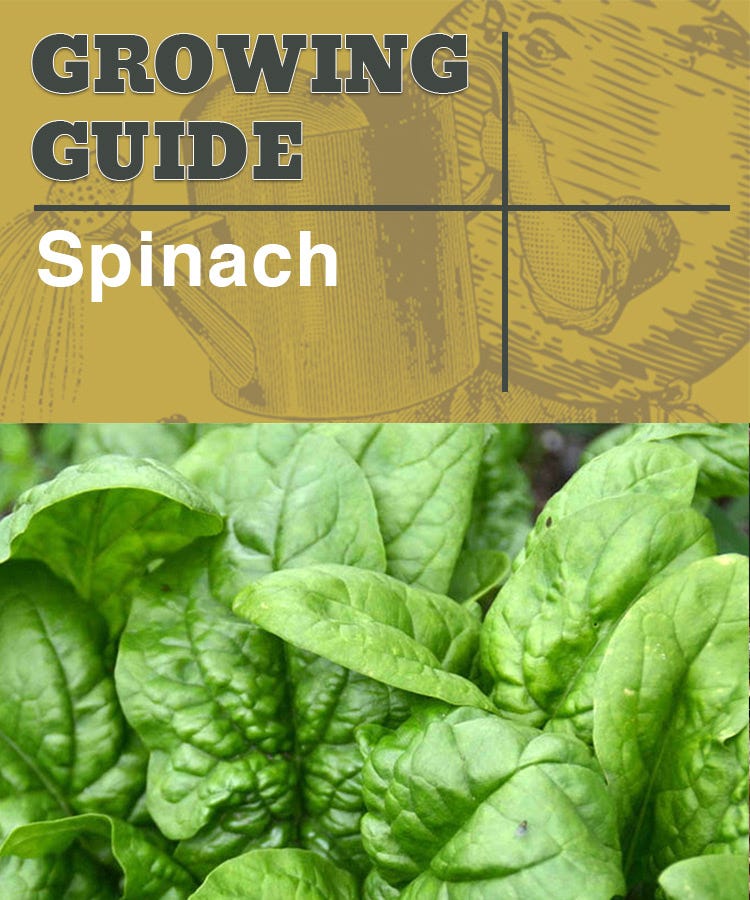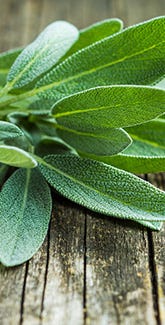It IS Easy Being Green!


Spinach Growing Guide
Easy to grow, adaptable, very nutritious, and most importantly delicious, spinach is a no brainer when it comes to picking vegetables for your garden. It's a lot like lettuce when it comes to growing, but much more diverse when it comes to eating and cooking. This is thanks to a pretty impressive roster of vitamins and minerals, as well as the fact that it can be eaten raw or cooked, so it offers lots of possibilities in the kitchen.
Sowing: Spinach prefers the cold temperatures of early spring or late fall and can withstand repeated frosts. Seeds should be sown as soon as the ground can be worked in the spring or late summer. Before planting, add agricultural lime and rock phosphate to the soil. Sow seeds thinly about ½ inch deep in rows 12-18 inches apart. Thin plants to 4-6 inches.
Growing: Temperatures above 60 degrees during the first six weeks of growth may cause plants to bolt prematurely. In warmer climates, plant spinach in partial shade. Spinach can be fertilized by side-dressing plants with dried cow manure. To extend the harvest season, plant small succession crops every two weeks. Keep soil moist by watering regularly and consider mulching to help preserve moisture.
Picking: Harvest the outer leaves of spinach first when they are approximately 6 inches long. Keep picking leaves until the plants begin to bolt, at which time the entire plant should be pulled.
Eating: Improving eyesight, maintaining blood pressure, boosting metabolism, strengthening muscles and bones, reducing inflammation, preventing and fighting cancer, helping with healthy fetal development. The list goes on and on. Spinach is indeed a superfood and is literally loaded with life-enhancing and health-boosting nutrition. From vitamins A, B6, C, E, and K to folate, calcium, iron, magnesium, phosphorus, potassium, copper, and manganese, spinach pretty much has it all. Popeye was pretty smart.
Knowing: Popeye the spinach-loving sailorman first appeared on the screen in the late 1920s and was later credited by U.S. spinach growers as causing a 33% increase in domestic spinach consumption. And did you know that March 26th is National Spinach Day?
Container Friendly? Smaller types of spinach will grow just fine in containers, and container growing is actually sometimes preferred to help prevent damage from common pests. For larger varieties, like Giant Noble whose plants can spread to 2 feet or more, garden planting is recommended (unless your containers are really big!).



